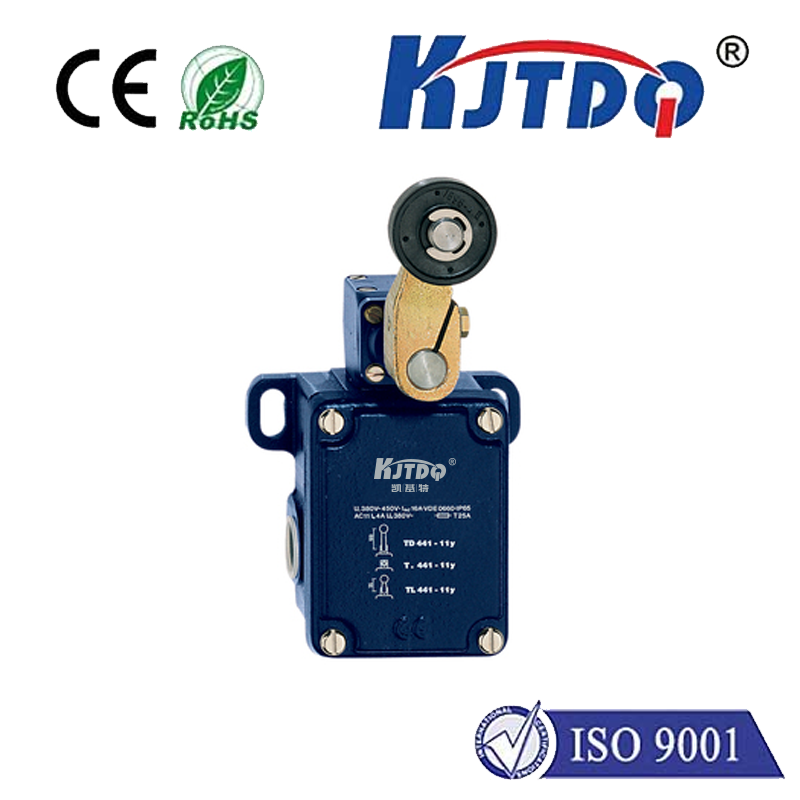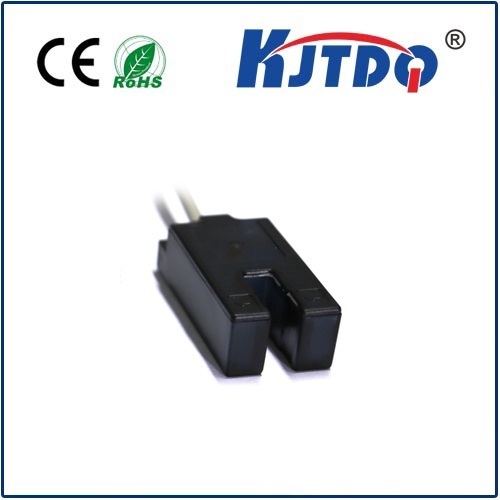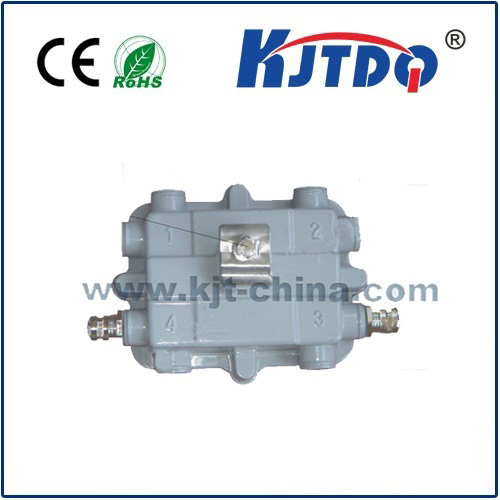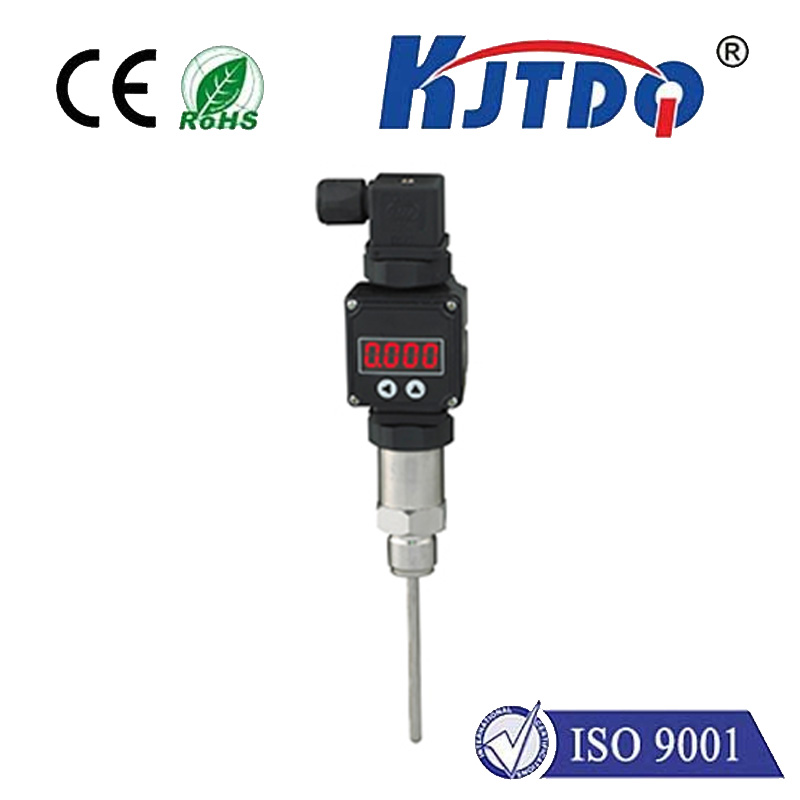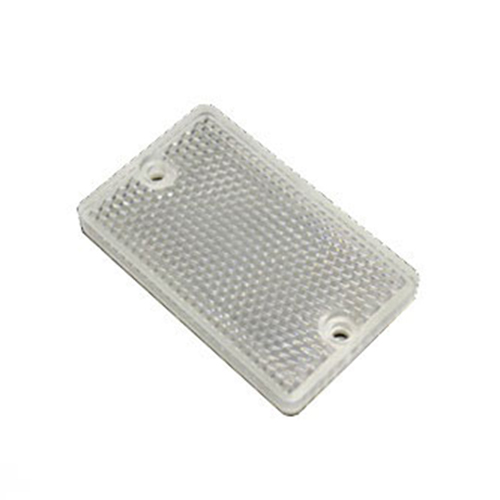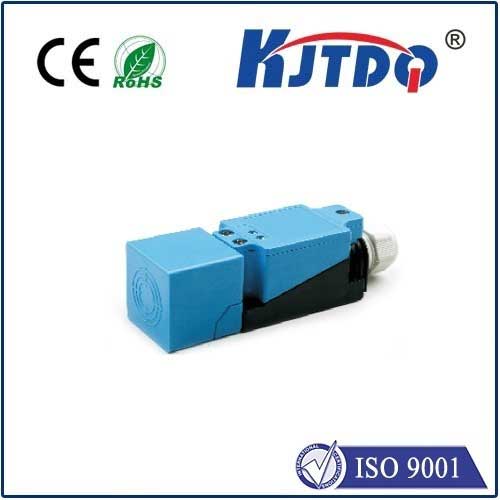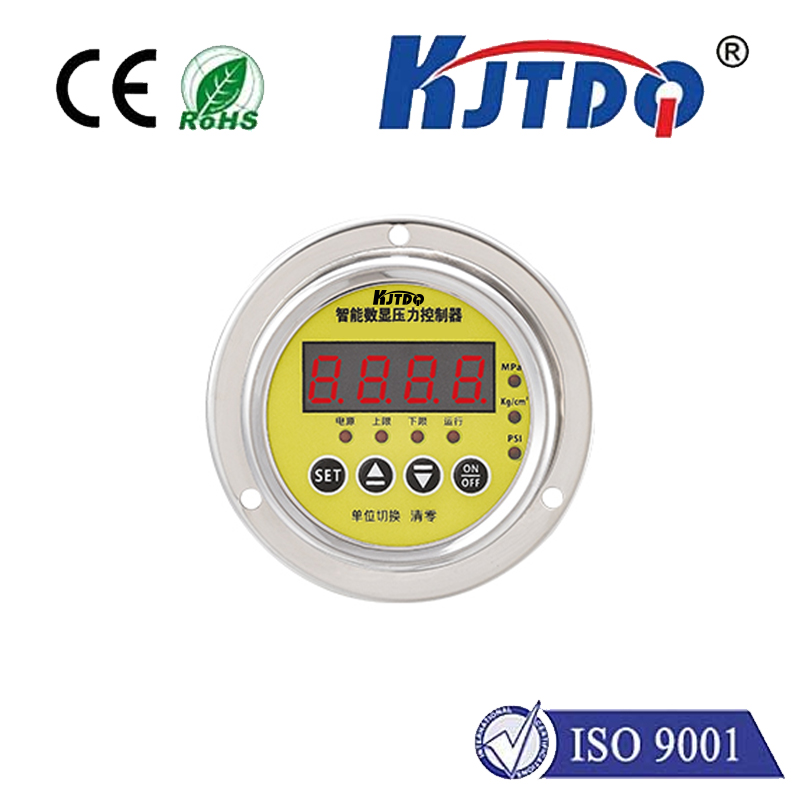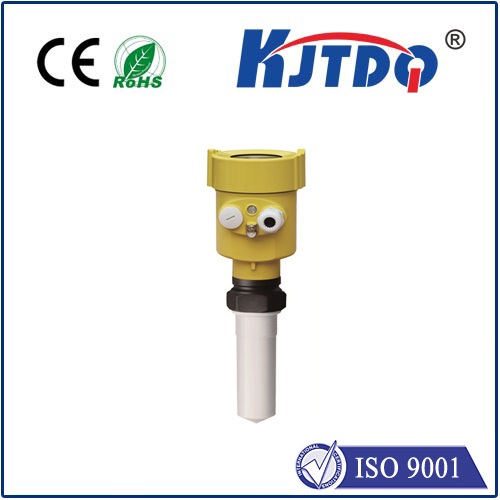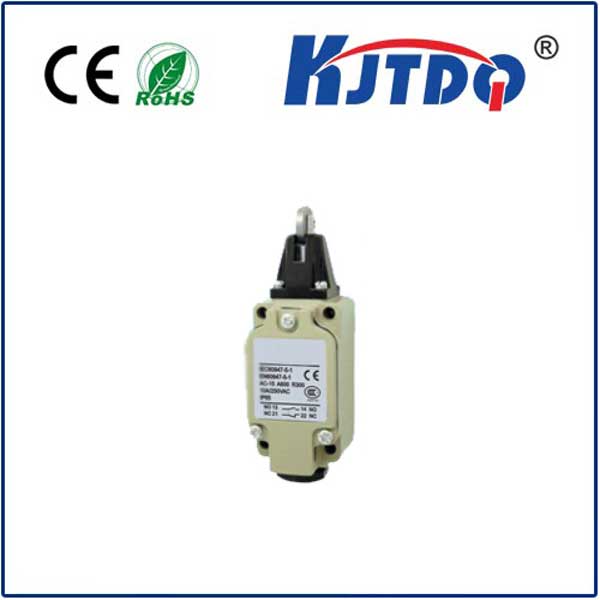bridge sensor
- time:2025-08-21 00:43:31
- Нажмите:0
Bridge Sensors: The Silent Sentinels Guarding Our Critical Infrastructure
The sheer scale and importance of bridges make their failure unthinkable. Yet, aging structures, increasing traffic loads, and harsh environmental conditions constantly test their resilience. How do we ensure these vital arteries remain safe and operational? The answer lies increasingly with sophisticated bridge sensors, the unsung heroes of modern structural health monitoring (SHM) systems. These technologies provide the essential data needed to move from reactive repairs to proactive and predictive maintenance, safeguarding lives and investments.
Imagine knowing the exact stress points on a bridge during a severe storm, understanding how fatigue accumulates over decades of use, or detecting subtle corrosion long before it becomes visible. Bridge sensors make this possible. They act as the nervous system of the infrastructure, constantly gathering vital signs and translating physical phenomena into actionable data for engineers and asset managers.

Why Bridge Monitoring Matters More Than Ever
Our global infrastructure is aging significantly. Many critical bridges were built decades ago, designed for loads and environmental challenges vastly different from today’s realities. Reactive maintenance – fixing problems only after they cause disruptions or, worse, failures – is incredibly costly and dangerous. Structural health monitoring bridge sensors shift the paradigm:
- Повышение безопасности: Early detection of anomalies like cracks, excessive vibrations, or unexpected displacements allows for timely interventions, preventing catastrophic failures.
- Optimized Maintenance & Cost Savings: Instead of expensive, blanket repairs or replacements based on schedules, sensors enable condition-based maintenance. Resources target areas actually showing signs of distress, extending service life and saving significant public funds.
- Performance Verification: Sensors confirm that newly constructed bridges or recently rehabilitated structures perform as designed under real-world loads and environmental conditions.
- Understanding Load Impacts: Quantifying the effects of heavy vehicles, traffic congestion, wind, and seismic events provides invaluable data for future design and load management strategies.
- Informed Decision Making: Reliable, real-time data empowers asset managers with the knowledge needed to prioritize investments and plan long-term preservation strategies effectively.
The Diverse Toolkit: Types of Bridge Sensors
Modern bridge monitoring systems leverage a suite of sensors, each designed to capture specific aspects of structural behavior:
- Strain Gauges: The workhorses of stress measurement. Bonded directly to steel or embedded in concrete, they detect minute changes in length, indicating tensile or compressive forces within structural members. This is crucial for assessing structural integrity under varying loads.
- Accelerometers: These measure vibrations and oscillations. Key for monitoring:
- Dynamic response to traffic, wind, or seismic events.
- Potential resonance issues.
- The overall health of bearings and expansion joints.
- Detecting unusual vibration patterns indicating damage.
- Displacement Sensors / Tiltmeters: Measure movement and changes in angle. Essential for tracking:
- Bridge deck deflections under load.
- Pier settlements or rotations over time.
- Movement at bearings and expansion joints.
- Potential landslide impacts on abutments.
- Temperature Sensors: Temperature fluctuations significantly impact bridge behavior. Sensors embedded within concrete or attached to steel monitor thermal gradients and expansion/contraction, helping to distinguish thermally-induced movements from those caused by structural issues.
- Crack Meters / Joint Monitors: Specifically designed to measure the opening, closing, and shear displacement of existing cracks or movement at construction joints, providing early warning of worsening conditions.
- Corrosion Sensors: Embedded in concrete near reinforcing steel, they detect the onset of corrosion by monitoring parameters like electrical resistivity, chloride ion concentration, or humidity levels within the concrete matrix. Early detection is key for asset management.
- Weigh-In-Motion (WIM) Sensors: Often integrated into SHM systems, WIM sensors measure vehicle weight, axle configuration, and speed as vehicles cross the bridge. This provides crucial data on actual traffic loads impacting the structure. Wireless bridge sensors make deploying these, especially on existing structures, much more feasible.
- Environmental Sensors: Monitor factors like wind speed and direction, rainfall, humidity, and air temperature, providing context for interpreting structural response data.
The Power of Data: From Sensors to Insight
Raw sensor data alone is just noise. The true value of structural monitoring lies in the data acquisition, transmission, processing, analysis, and interpretation:
- Data Acquisition: Sensors generate electrical signals proportional to the measured parameter.
- Data Transmission: Traditionally wired, but wireless bridge sensors using technologies like LoRaWAN, NB-IoT, or proprietary mesh networks are revolutionizing deployments due to lower installation costs and flexibility. Gateways often aggregate data from multiple sensors.
- Data Processing: Signals are conditioned (amplified, filtered) and converted to digital values representing physical units (e.g., microstrain, mm displacement, g acceleration).
- Data Analysis: This is where infrastructure health gets assessed:
- Real-time alarming for thresholds exceeding safe limits.
- Trend analysis to identify gradual degradation over time (e.g., increasing crack width, changing vibration frequencies).
- Statistical analysis to understand normal operational ranges and detect anomalies.
- Advanced techniques like Machine Learning (ML) are increasingly used to identify complex patterns predicting future issues. Predictive analytics is becoming a cornerstone of modern bridge asset management.
- Visualization & Reporting: Dashboards provide engineers and managers with intuitive visualizations of key metrics, alerts, and historical trends, enabling quick assessment and informed decision-making. Performance monitoring relies heavily on clear data presentation.
Embracing the Future: Trends in Bridge Sensing
The field of bridge monitoring is rapidly evolving:
- Distributed Sensing: Technologies like Fiber Optic Sensing (FOS - including Distributed Acoustic Sensing DAS and Distributed Temperature Sensing DTS) use a single fiber optic cable running along the structure to provide continuous strain and temperature measurements at thousands of points, offering unprecedented spatial resolution.
- Wireless Dominance: The shift towards wireless bridge sensors continues to accelerate, drastically reducing installation complexity and cost, enabling retrofitting onto existing bridges with minimal disruption.
- Improved Power Solutions: Advancements in low-power electronics, energy harvesting (solar, vibration, thermal), and long-life batteries are extending deployment durations and reducing maintenance for sensor nodes.
- Integration with BIM/Digital Twins: Sensor data feeds digital twin models of the bridge, creating a dynamic, virtual replica that updates in near real-time, allowing for sophisticated simulations and scenario planning for asset management.
- AI & Big Data Analytics: Artificial Intelligence and ML algorithms are becoming essential for processing vast datasets, identifying subtle patterns indicative of early-stage damage, and improving the accuracy of predictive maintenance models.
Bridge sensors are no longer a luxury; they are a necessity for the responsible stewardship of our critical infrastructure. By transforming bridges from static structures into intelligent, data-rich assets, these technologies provide the foundation for safer, more durable, and more efficiently managed crossings. They empower engineers to shift from costly reactions to preemptive actions, ensuring the structural integrity and longevity of these vital links in our transportation network. Investing in advanced structural health monitoring systems is fundamentally an investment in public safety, economic stability, and a resilient future. The silent watch provided by these sensors ensures the roar of traffic continues safely overhead for decades to come.

